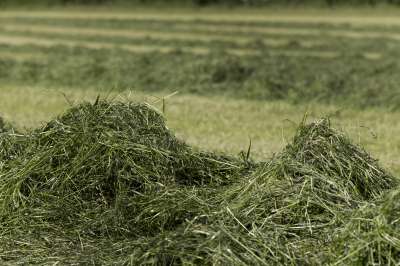Climate optimisation with highly digestible grasses
The Danish company, DLF, has launched a line of new forage grasses that will considerably increase yield per cow due to its digestibility and decrease the environmental footprint of livestock production.
One of the largest challenges in the food industry is the emission of greenhouse gasses and stakeholders in the industry are working eagerly to reduce the industry’s environmental footprint. Especially in the meat- and dairy production solutions are needed to increase the productivity while reducing methane emissions. One key to this is having the correct, climate friendly feed solutions in livestock production.
Higher yield and lower emissions with robust forage grasses
The Danish company, DLF, is a global leader in plant breeding, grasses and feed solutions. They have succeeded in developing high-performance, robust forage grasses with a significantly better digestibility of the plants’ fibres which can deliver a high feed yield in the form of biomass and protein in the grassland for several years.
Using forage grasses with high digestibility for the pasture, milk production has increased by 0.25 litres per day
Using forage grasses with high digestibility for the pasture, milk production has increased by 0.25 litres per day per cow for each percent higher fibre digestibility in the grass. DLF’s plant breeders have increased fibre digestibility in grass, so the new top varieties have up to 8% higher fibre digestibility than standard varieties. This gives the cow a higher energy intake in grass and results in a higher milk yield per day, which provides a more sustainable production in terms of earnings and climate. At the same time, methane emissions are reduced per capita produced unit of meat or milk.
Genetics and animal health as a decisive factor
At the animal level, the climate impact is affected by the digestibility, quality and composition of the feed. Improved genetics and animal health also contribute to a more efficient conversion of feed into animal products, reducing the emission intensity at animal level. As a result, the same amount of milk or meat can be produced with fewer cows.


